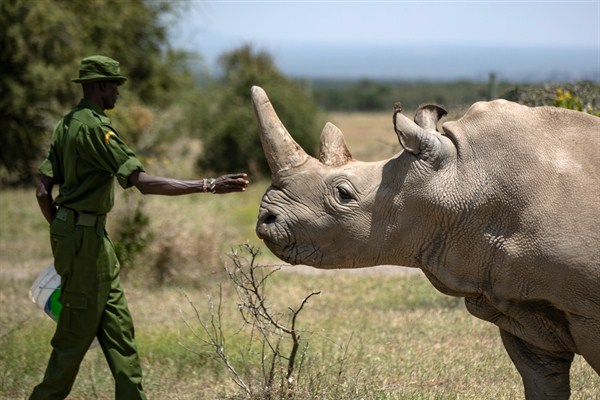Parties to the Convention on International Trade in Endangered Species of Wild Fauna and Flora, known as CITES, held their 18th conference last month in Geneva. Many conservation advocates welcomed the results of the meeting, which established new protections for a variety of species, from giraffes to sea cucumbers. In a phone interview with WPR, Tanya Sanerib, the international legal director at the Center for Biological Diversity, an environmental group, discusses the many positive outcomes from this year’s CITES meeting and the hard work that remains to prevent more species from going extinct. The following transcript has been lightly edited for length and clarity.
World Politics Review: How do you assess the outcomes of this year’s CITES meeting in Geneva?
Tanya Sanerib: The CITES outcomes were a major victory for conservation. The parties to CITES squarely rejected efforts to open up trade in elephant ivory and rhino horn. That sent a strong message to poachers, to traffickers, and to the black market that there’s just no appetite for trade in ivory and rhino horn right now.

